

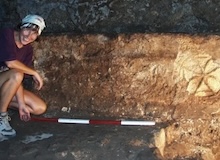
The location of Cana continues to be debated among scholars. Excavations at Khirbet Qana may now provide convincing evidence.

Archaeologists of University of North Carolina at Chapel Hill found 1,600-year-old mosaics with the images of Deborah and Jael in an ancient synagogue in Israel.
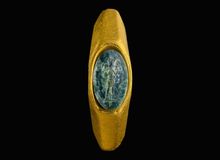
The discovery was made during the recovery of a shipwreck off the coast of Caesarea, Israel.
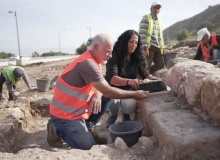
It is the second synagogue from that time found there, which was a key center of the Jewish life . The New Testament refers to it as the birthplace of Mary Magdalene.

It was discovered in Israel, near the site of the Temple in the time of Jesus. Experts said the engraving had never been found on other objects until now.
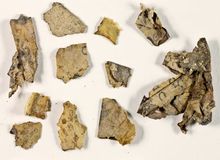
Archaeologists discovered the scrolls in the Judean Desert. They also found the world's oldest fully intact basket, a 6,000-year-old mummified child and a cache of rare coins.

The museum takes back around 5,000 manuscripts to Egypt and over 8,000 ancient clay objects to Iraq. Since its opening in 2017, it has been accused of several controversial acquisitions.

Biblical archaeology does not seek to prove or disprove the content of the Bible, but to describe the historical framework in which the biblical books were formed.
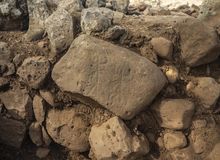
Archaeologists link the “rare and exciting find” to the Geshurites, one of the communities that had diplomatic relations with King David.

“The palace was built during the reign of King Hezekiah [...] The level of workmanship is the best seen to date, and the degree of preservation is rare”, archaeologists say.

The seal impressions found in Jerusalem, “add much information” about the time when the Jews returned from Babylonian exile.

The ring is engraved with a wine vessel surrounded by Greek letters spelling out “Pilatus”. Those rings were used to stamp official documents.

The ruins are located in Manbij, one of Syria’s most ancient towns. Among the artifacts found, there were several versions of crosses etched into columns and walls, which indicate this was a significant site for Christians.

Eight kings of the Kingdom of Israel and six from the Kingdom of Judah have been verified, including Kings David and Ahab.

The findings show the affluence of Jerusalem, and are proof of the city's fall described in the Bible.

They also found evidences of the battle between the Roman forces and the Jewish rebels, which resulted in the destruction of Jerusalem in AD 70.

The cache of nine bronze coins may have been stashed fleeing Christians en route to Jerusalem as Persians invaded the land in 614 CE.

Las opiniones vertidas por nuestros colaboradores se realizan a nivel personal, pudiendo coincidir o no con la postura de la dirección de Protestante Digital.